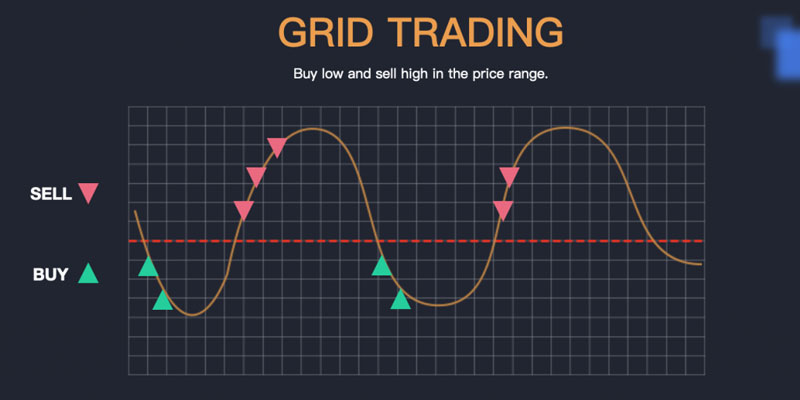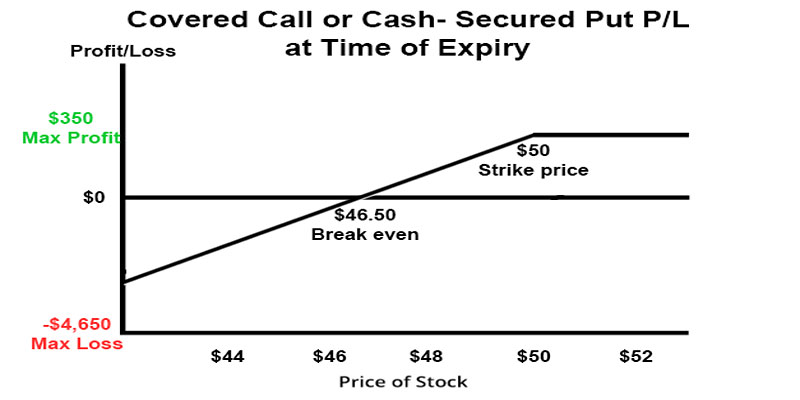
If you do not know much about interest rates and want to calculate your monthly interest rate, then you are at the right place. This can help you solve many queries, such as How much interest you should pay on your credit card each month? How much will you receive from banks and borrowers each month?
There are many different interest rates, and you can easily calculate your monthly interest rate by following simple steps. The annual rate is first converted into decimal value. This value is used to find the monthly decimal value and then is multiplied by the principal amount to get the monthly interest. The monthly decimal value will then be multiplied by 100 to get the monthly interest rate.
What is the interest rate?
The interest rate is the percentage of an amount owed a borrower has to pay as a fee for borrowing. The interest rate is calculated by dividing the amount of money borrowed, multiplied by the number of months, by the amount loaned.

What are the different types of interest rates?
The two most common types of interest rates are simple and compound. Simple interest is only calculated on the principal amount and paid at the end of a period. Compound interest calculates on both the principal and the accumulated interest from previous periods and is paid regularly.
The third type of interest rate, the annual percentage rate (APR), combines compound and simple interests in one calculation. APR takes into account all aspects of an agreement with a lender--from payment schedules to loan terms to fees charged--and reflects the total cost over time as opposed to just at one point in time.
How different types of interest rates are calculated?
Interest rates can be classified by the type of financial product or service they are associated with. There is no standard interest rate as every security and service applies different rates.
Short-term rates are typically calculated over a day or less, while long-term rates are calculated over months or years. Additionally, fixed-rate mortgages typically have a fixed interest rate that does not change over the life of the loan.
Moreover, variable-rate mortgages have an interest rate that fluctuates according to a predetermined schedule, such as daily, weekly, or monthly. Credit card interest rates are usually higher than interest rates on fixed-rate loans and variable-rate mortgages.
How Monthly interest is calculated
Calculating the monthly interest rate is not as hard as it seems. The interest is calculated on the principal balance you saved in the bank, not the outstanding balance. It is calculated annually, and a specific interest rate offered by banks ranges from 4 to 6 percent.
We will assume that you have saved some money in the bank and are trying to calculate the monthly interest rate you are getting. A few steps can help you find your monthly interest and rate.
1. Convert the Annual Rate to a Decimal value
2. Calculate the Monthly rate in terms of Decimal Value
3. Calculate Monthly Interest
4. Calculate the Monthly interest rate
Convert the Annual Rate to a Decimal value
You must divide the interest rate by 100 to get a decimal value. For example, if the interest rate is 6 percent, divide it by 100 to get 0.06 as the annual rate. This will also help you calculate your monthly interest.
Calculate the Monthly rate in terms of Decimal Value
The decimal value we found above is the annual interest rate on the principal amount you will receive. Dividing this value by 12 will give you the monthly interest rate in decimal form. So we will get 0.005 when we divide 0.06 by 12.
Calculate Monthly Interest
Now assume that you have 3000$ in the bank; it will be pretty simple to find the monthly interest amount you expect to receive. You must multiply the decimal monthly rate we found above by the total amount. In this case, you will get 15$ monthly interest when we multiply 0.005 by 3000$.
Calculate the Monthly interest rate
We will finally convert the decimal value into a percentage to find the monthly interest rate. We can do this by multiplying the monthly decimal value by 100. So we will have a 0.5 monthly interest rate when we multiply 0.005 by 100.
If you want to avoid this math, don’t worry, you can use a simple interest calculator or a monthly payment calculator to keep things simple.

How is Loan Interest different?
The interest rate works differently and has other meanings when we talk about loans. This is not the same as in the savings loan, where you receive money based on interest rates issued by the bank.
The interest rate is the money charged per month on a loan. The interest rate is the percentage of the total borrowed amount paid back each month.
When you are taking a loan from someone other than a bank, the lender can charge you any specific interest rate as it is determined by the lender based on the risk associated with lending money to borrowers. Remember, the higher the risk, the higher the interest rate.
When you borrow money, the lender charges you interest monthly. Interest is calculated based on the amount of the loan, the term of the loan, and the interest rate. The loan term is the number of months you will have to repay the borrowed money. The longer the term, the higher the interest rate will be.
For example, in this scenario, if the loan amount is 5000$, the lender expects an APR( Annual Percentage Return ) of 10%. The loan interest calculation process will be the same as we discussed above, as you will divide the APR by 12 to find the monthly loan interest rate, and to find the loan amount, you can use the loan calculation formula.
So ten divided by 12 will become 0.83%, which will be your monthly interest rate. You can multiply 0.83% by 5000$ to get the total amount you have to pay back to your lender every month.
Conclusion
Calculating your monthly interest rate is essential as it helps you be more aware of the payments you have to make each month. You deal with your monthly expenses well and will likely avoid payment delays. Calculating the monthly interest rate before investing your hard-earned money is always a great idea.



